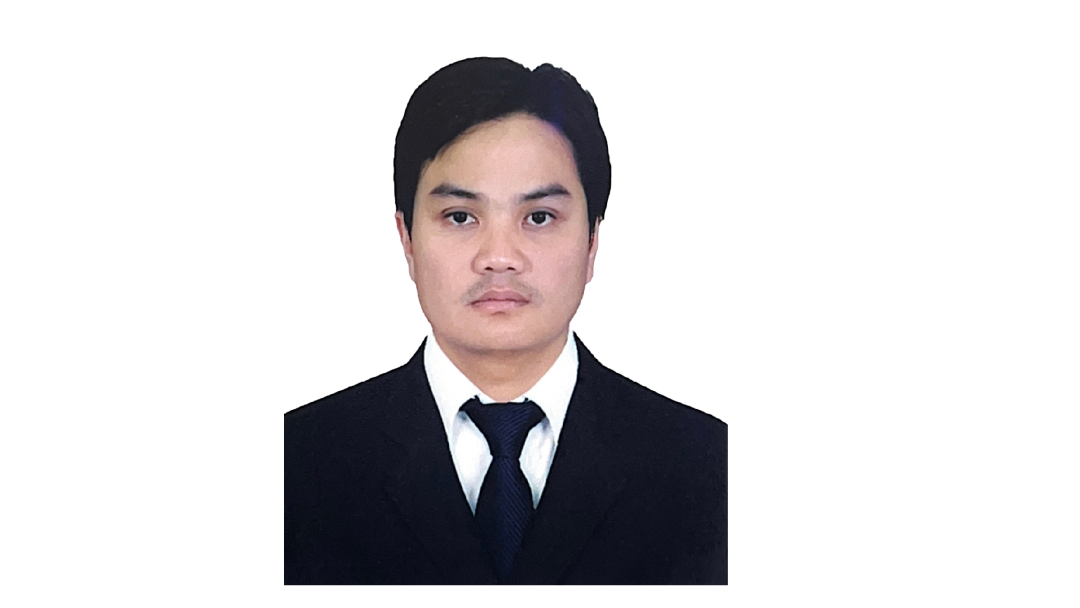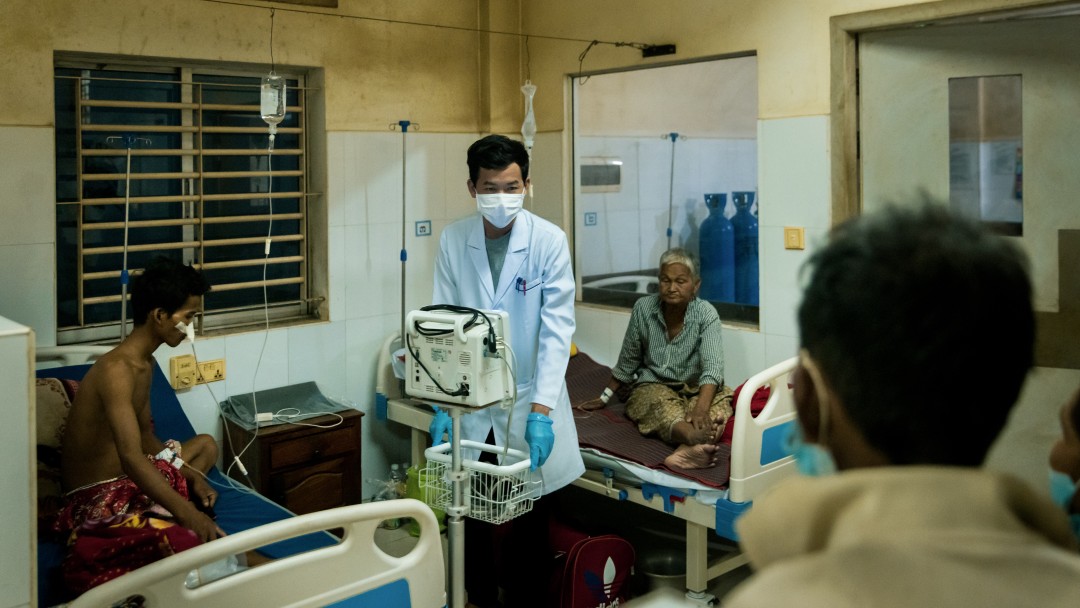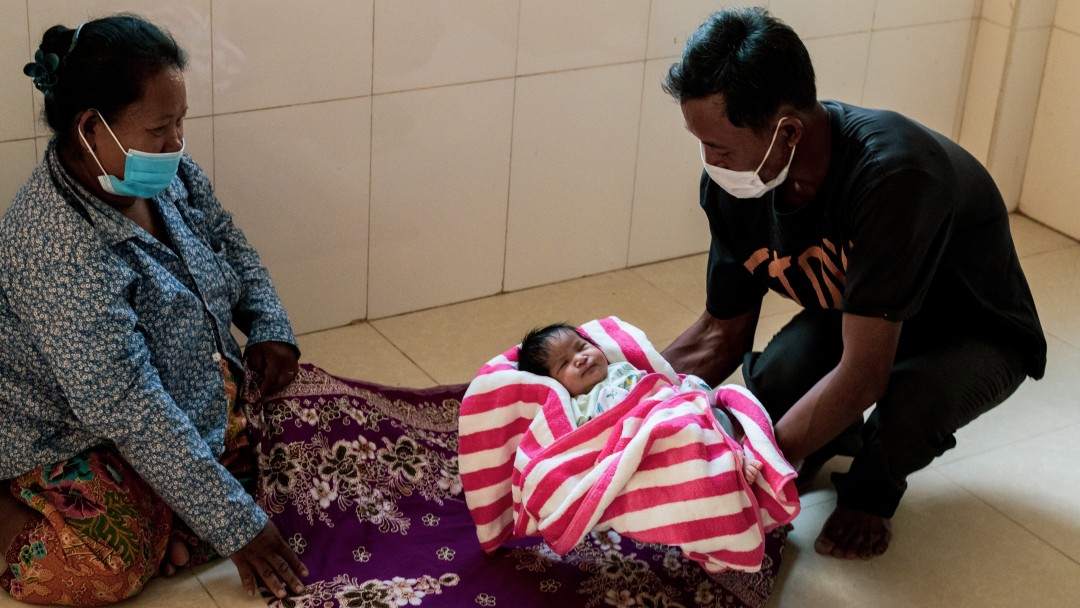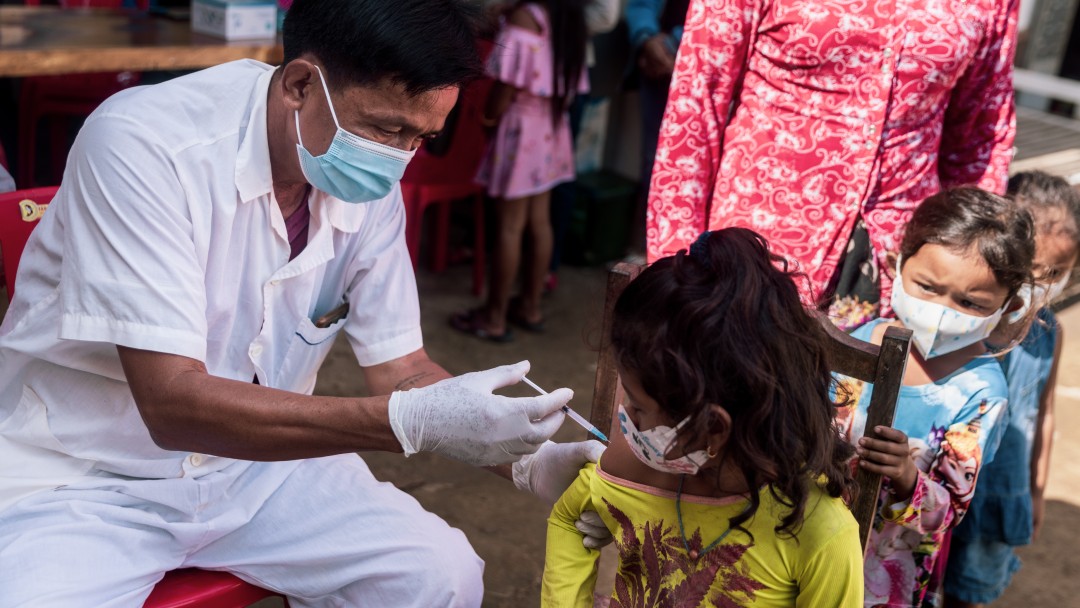Interview with Pheakdey Sambo
“We want to avoid mistakes that others have already made”Pheakdey Sambo explained in an interview with Charlotte Schmitz, why many Cambodians prefer to be treated by private providers rather than in public clinics and what progress his country is making towards Universal Health Coverage (UHC). The Deputy Secretary-General of the National Social Protection Council of Cambodia, an interministerial body overseeing the social security system, is working on a road map to achieve UHC.
Published on 12 December 2022.

People go to a pharmacy and buy medicines without a prescription. Of course, you have to pay for it yourself. If you can't help yourself, you can choose between a private or a public healthcare facility. Most people here choose a private facility.
People are usually treated more kindly there. The private clinic sees its patients as paying customers. In addition, there are private institutions in almost every place, even in rural areas. You don’t have far to go.
Our National Social Security Fund has signed contracts with many private healthcare institutions, so that insured parties are able to access both public and private clinics. However, only 2 million of the 16 million inhabitants here are insured. The rest have no insurance; for the poorest of the poor, the Health Equity Fund pays the healthcare costs, but only for visits to public institutions.
The goal of achieving UHC is part of the remit of the National Social Protection Council, for which I work. None of the three dimensions have been achieved so far, although we have made tremendous progress over the past five years. However, access to healthcare facilities in rural areas is even more difficult than in the city. In Cambodia, we have a system of referral hospitals that tend to be located in the cities. If a person falls ill in a village, they may have to travel a long way to the nearest referral hospital.

We still have room for improvement in this area. Some people who can afford to travel abroad, for example to Singapore, seek treatment there. This clearly shows that we still have deficits. In my role as Deputy Secretary-General of the National Social Protection Council, I myself visit many public clinics, including in rural areas. The quality of the individual facilities varies, but the standard is incredibly high compared to what was common here 10 or 20 years ago. This is also reflected in indicators such as mortality rates, which have fallen significantly. Now we are working on a road map to determine how we can approach the goal of UHC.
We have just taken on the task of coordinating the development into a UHC system. The road map is available as a draft, but has not yet been fully coordinated. If the Ministry of Health and other institutions agree to the completed plan, the implementation of the steps agreed therein will become mandatory for the coming years. This is great progress, there has not been a plan like this in Cambodia to date.
As I said, it has not yet been finalised. The idea is that we first aim to achieve the easily attained goals, i.e. to increase the number of insured persons. The other two dimensions are harder to achieve, i.e. increasing the quality of the healthcare system and reducing the rate costs for out-of-pocket payments. After all, more than 50% of healthcare expenditure must still be paid on the spot by the people affected. This prevents people from visiting the doctor or can plunge them into poverty. Looking back in history, we can see that it is possible to increase quality, because a great deal has already been achieved. Financial security is a major challenge, because now even people who are entitled to reimbursement in a public hospital visit private facilities and pay for themselves, even if they can hardly afford it.
In general, there is still little confidence in public structures. Even if the quality of public healthcare facilities were to improve overnight, many people would still be sceptical. The private clinics make it easy and only take care of the less severe cases, so they have a reputation for being able to cure illnesses well. The serious cases or illnesses that are difficult to treat are left to the public institutions. This is not ethically responsible.

Absolutely! One point on the road map is to drive regulation of private healthcare facilities. Standards must be created.
In addition, many public hospital employees also work in private facilities in addition to their own jobs. For example, if they have a working day of eight hours, they only come in for six and then work in a private clinic. This is due to low wages in the government sector. Absence during working hours is of course prohibited, but who is supposed to check?
It is too early to classify this, because the process has only just begun. Now it is no longer the national Ministry of Health, but the governors of the individual districts who are responsible for the health facilities. The concrete impact this will have remains to be seen.
The main reason is a lack of knowledge. Many people are not aware of which foods are unhealthy in the long term. They ingest alcohol and sugary drinks without a thought. Energy drinks with a high sugar content are particularly popular. Chronic diseases will continue to increase over the next 20 years.
We have not yet finalised this point on the road map. On the one hand, the aim will be to expand treatment capacities for non-communicable diseases. In addition, a tax on food containing sugar could be introduced to reduce consumption.
Our partners play a major role, especially in technical support. When developing the road map, we worked closely with international partners, both in Germany and here in the region. Above all, we need help with capacity building. We want to learn from others and avoid mistakes that others have already made.

It was bad at the beginning. We had a strict lockdown, even the grocery stores were closed. Initially, the healthcare facilities here were also overloaded. Then the government implemented a vaccination campaign. Today, almost 100% of the population is vaccinated. Due to the high vaccination rate, absenteeism among staff in the health care facilities is also less frequent. We are also, on average, younger than people in developed countries, so COVID-19 has not claimed as many victims. Today, life here feels almost like it did before the pandemic.
Of course, I am biased because I myself am involved in creating the road map. However, I think that many things will change for the better, in all three dimensions of UHC. I do not expect Cambodia to reach Singapore’s level in a few years’ time, but in any case, we will make progress.
Share page
To share the content of this page with your network, click on one of the icons below.
Note on data protection: When you share content, your personal data is transferred to the selected network.
Data protection
Alternatively, you can also copy the short link: https://www.kfw-entwicklungsbank.de/s/enzBY5tJ
Copy link Link copied